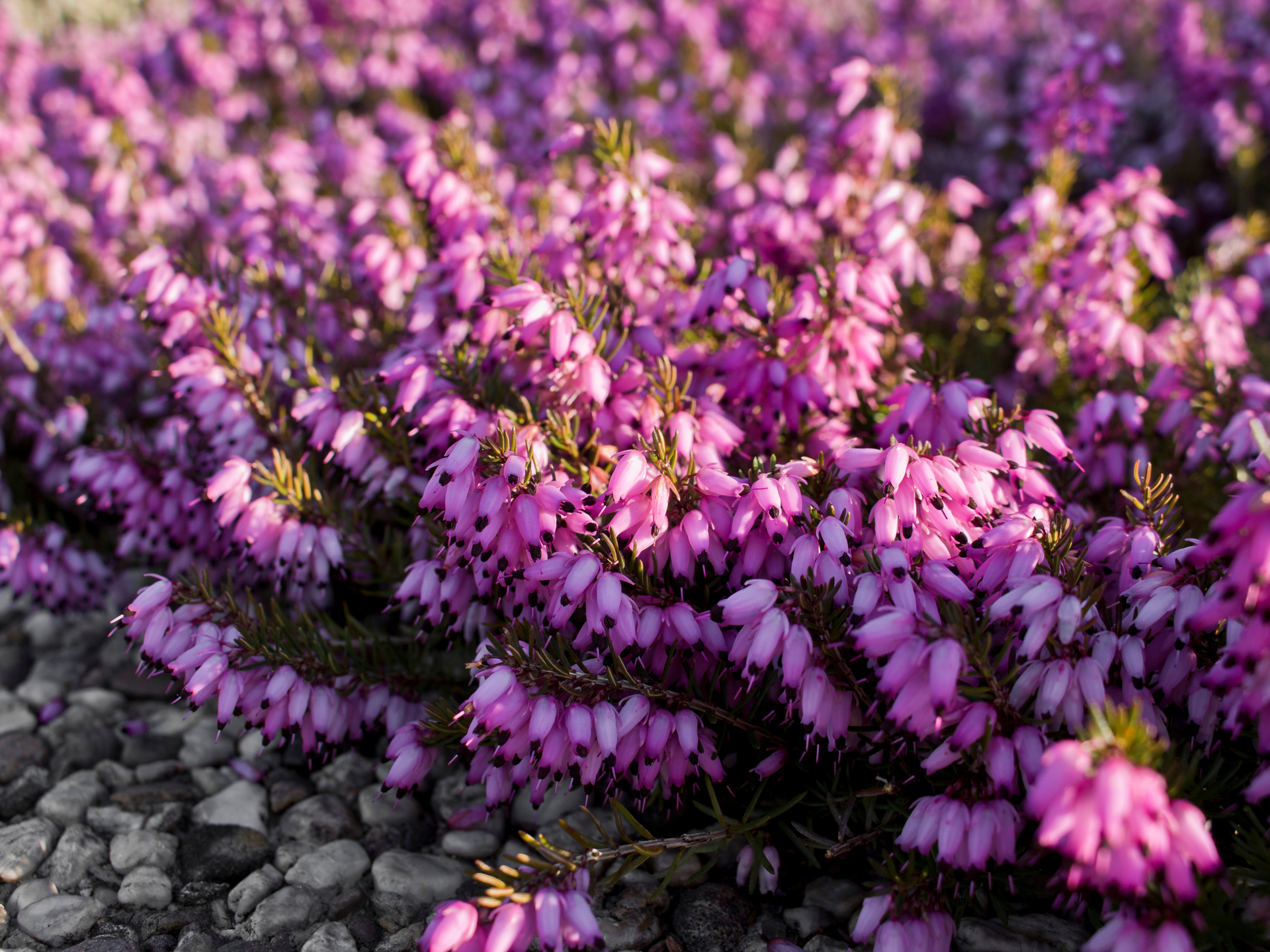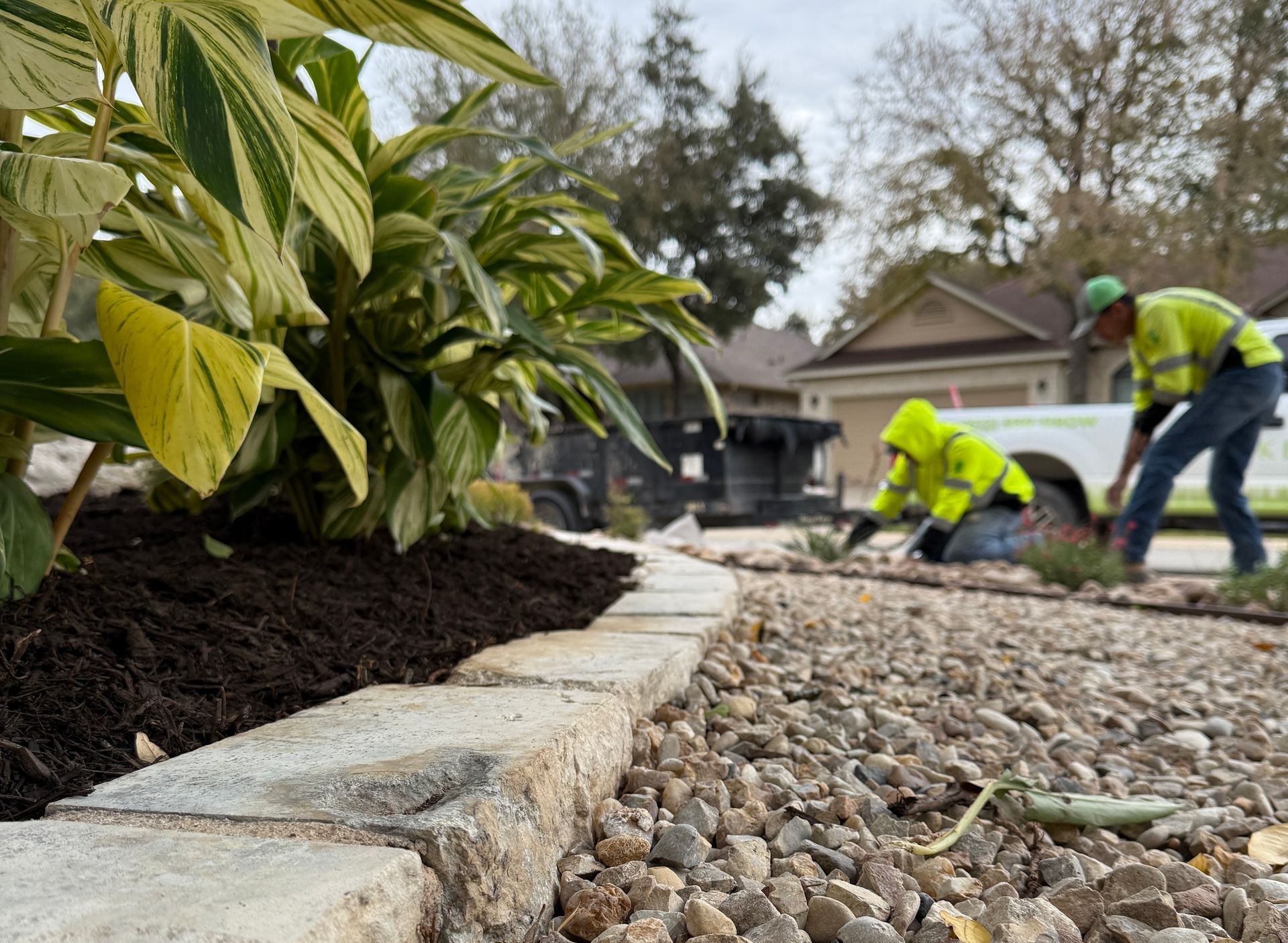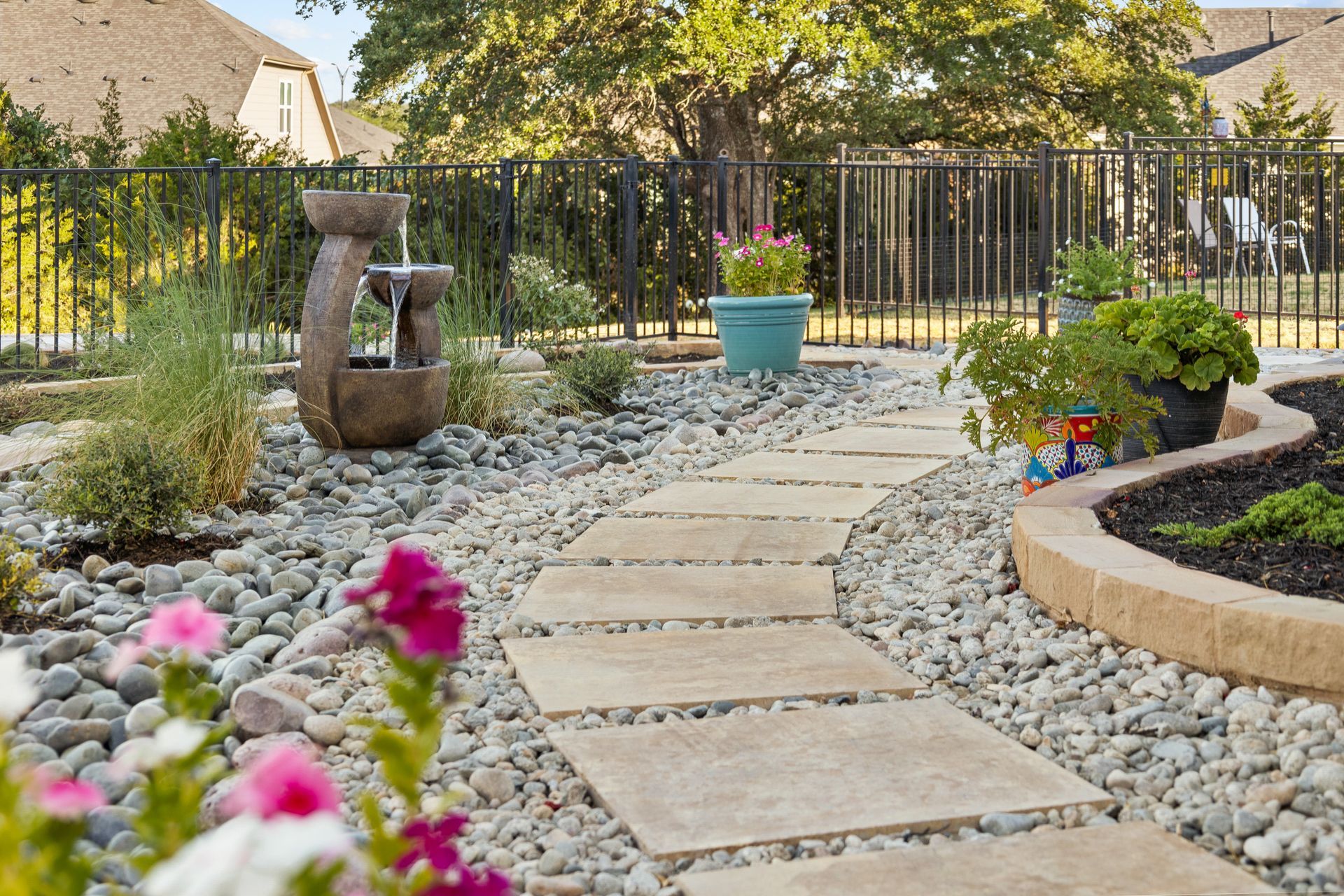As the new year begins, it's the perfect time to plan your garden. Whether you're a seasoned gardener or just starting, setting clear goals and creating a plan will help ensure a successful and beautiful landscape throughout the year. From choosing plants to outlining maintenance tasks, here’s how you can effectively prepare for the gardening season ahead.

1. Set Your Gardening Goals
Before diving into planting, it’s important to consider what you want to achieve in your garden. Some questions to ask yourself include:
- Do you want to focus on growing vegetables, flowers, or both?
- Are you looking to redesign certain areas of your landscape?
- Is your priority reducing water usage or creating a wildlife-friendly space?
Setting clear goals allows you to make informed decisions when selecting plants and planning your garden layout.
2. Evaluate Your Current Garden
Take some time to assess your existing garden and determine what worked well last year and what didn’t. Consider:
- Plants that thrived and those that struggled
- Areas that need more sunlight, better drainage, or additional soil amendments
- Any pest or disease issues that need to be addressed
By evaluating your current garden, you can make the necessary changes to improve its overall health and appearance.

3. Research Trends and New Ideas
The start of the year is a great time to explore new garden trends and design ideas. Some of the top garden trends for this year include:
- Sustainable gardening practices: Incorporating native plants, using organic fertilizers, and installing smart irrigation systems.
- Edible landscapes: Growing vegetables, herbs, and fruit trees alongside ornamental plants for a beautiful and functional garden.
- Wildlife gardens: Creating spaces that attract pollinators like bees and butterflies, as well as birds and beneficial insects.
Incorporating these trends can make your garden both eco-friendly and aesthetically pleasing.
4. Sketch Out Your Garden Plan
Once you’ve set your goals and gathered ideas, it’s time to create a garden plan. This doesn’t need to be a professional blueprint—just a simple sketch of your garden layout, showing where you want to place different plants, trees, and hardscape elements like paths and seating areas.
Consider the following:
- Plant placement: Group plants with similar water and sunlight needs together to simplify maintenance.
- Spacing: Allow enough room for plants to grow without overcrowding.
- Seasonality: Plan for year-round color by choosing plants that bloom in different seasons.
5. Plan Your Maintenance Schedule
A successful garden requires regular care. Create a seasonal checklist to stay on top of maintenance tasks, such as:
- Pruning trees and shrubs in late winter
- Fertilizing plants in the spring and summer
- Watering and mulching during dry spells
- Preparing for frost protection in the winter
By organizing your maintenance tasks, you’ll keep your garden healthy and beautiful all year long.












Share On: